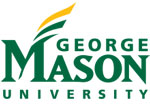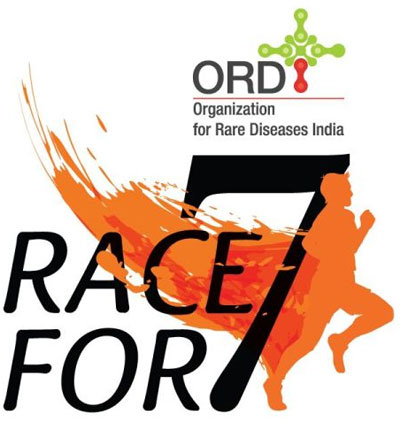IRDiRC – International Rare Diseases Research Consortium
The Internati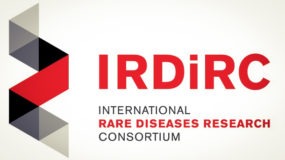 onal Rare Diseases Research Consortium (IRDiRC) is a global collaborative initiative launched in 2011 by the European Co
onal Rare Diseases Research Consortium (IRDiRC) is a global collaborative initiative launched in 2011 by the European Co
mmission and the US National Institutes of Health to tackle rare diseases through research and accomplish the vision to enable all people living with a rare disease to receive an accurate diagnosis, care, and available therapy within one year of coming to medical attention.
Today, the Consortium gathers 60 member organizations from all continents. Members’ representatives are organized into the Constituent Committees of Funders, Companies and Umbrella Patient Advocacy Groups, and collaborate with international experts nominated into the Diagnostics, Therapies and Interdisciplinary Scientific Committees.
Through its broad representation, IRDiRC works towards the mission of advancing diagnostics and treatments, and of understanding the impact of these, for all people living with a rare disease.
IRDiRC Committees are engaged to identify gaps and key issues in rare disease research and to tackle these through Task Forces and Working Groups aimed at producing guidelines, recommendations and resources.
Undiagnosed Diseases Network International: UDNI
Rare diseases are characterized by a common denominator that is the infrequency of their occurrence in the human population.
According to European Union criteria, rare diseases affect 5 per 10,000 persons in the EU population; in USA, rare diseases are defined as conditions that affect fewer than 200,000 individuals in the overall USA population, i.e. 320 million people.
Although the frequency of separate entities often seem negligible, in the EU rare diseases affect about 30 million people and an estimated 25 million to 30 million Americans.
Currently from 6000 to 8000 rare disorders are defined and many of them are waiting to be named in the future.
Patient populations for individual rare diseases are small and scattered; international collaborations and networks are crucial to pool resources fragmented across individual countries for a better diagnosis and treatment.
Undiagnosed rare diseases are conditions that elude diagnosis by a referring physician; some patients wait years for a definitive diagnosis. Undiagnosed rare diseases may include groups of unnamed disorders with common characteristics, phenotypically well described diseases, diseases with an unknown molecular basis or due to unknown, non-genetic factors.
In 2008, in the USA the NIH Undiagnosed Disease Program was established to provide a diagnosis for individuals waiting for a long time without success.
A second goal was to obtain insights into novel disease aethiopathogenesis. In 2013, the Common Fund of the NIH supported a nationwide Undiagnosed Diseases Network.
Nevertheless, the unmet needs of undiagnosed patients remain a global issue.
EURORDIS
rare diseases throughout Europe.
EURORDIS’ mission is to build a strong pan-European community of patient organisations and people living with rare diseases, to be their voice at the European level.
Rare Diseases International
RDI is the global alliance of people living with a rare disease of all nationalities across all rare diseases. RDI brings together national and regional rare disease patient organisations from around the world as well as international rare disease-specific federations to create the global alliance of rare disease patients and families.
RDI is an international network currently embedded in EURORDIS, which supports the development of RDI. It is governed by a Council, elected by RDI members in April 2016. In coming years the Council and members of RDI will decide if and when to register RDI as a separate organisation with its own legal identity. The initial focus is on taking action and gaining experience of working together.
Rare Genomic Institute
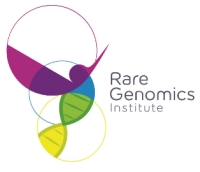 RGI is an international non-profit that provides access to cutting edge research technologies, physicians, and scientists across the globe. By providing an expert network and an online crowdfunding mechanism, RGI helps families pursue personalized research projects for diseases not otherwise studied.
RGI is an international non-profit that provides access to cutting edge research technologies, physicians, and scientists across the globe. By providing an expert network and an online crowdfunding mechanism, RGI helps families pursue personalized research projects for diseases not otherwise studied.
RGI bring together scientists who share our passion for helping patients with rare diseases and leverage the crowdfunding capabilities of the Internet to bring the hope of a cure to our patients.
The Global Alliance for Genomics and Health (Global Alliance)
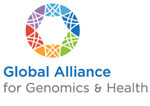 e data sharing. The promise of genomic data to revolutionize biology and medicine depends critically on our ability to make comparisons across millions of human genome sequences, but this requires coordination across organizations, methods, diseases, and even countries. The members of the Global Alliance for Genomics and Health are working together to create interoperable approaches and catalyze initiatives that will help unlock the great potential of genomic data.
e data sharing. The promise of genomic data to revolutionize biology and medicine depends critically on our ability to make comparisons across millions of human genome sequences, but this requires coordination across organizations, methods, diseases, and even countries. The members of the Global Alliance for Genomics and Health are working together to create interoperable approaches and catalyze initiatives that will help unlock the great potential of genomic data.
The National Organization for Rare Disorders
The National Organization for Rare Disorders (NORD), a 501(c)(3) organization, is a unique federation of voluntary health organizations dedicated to helping people with rare “orphan” diseases and assisting the organizations that serve them. NORD is committed to the identification, treatment, and cure of rare

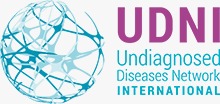
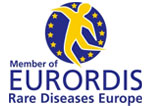

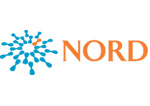
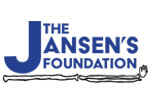
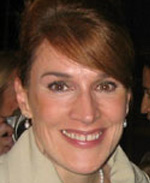 Linda Rozell Shannon, the founder of the VBF is the world’s leading lay expert in the field of Vascular Birthmarks. Her remarkable dedication and outreach have made treatment possible for thousands of children all over the world.
Linda Rozell Shannon, the founder of the VBF is the world’s leading lay expert in the field of Vascular Birthmarks. Her remarkable dedication and outreach have made treatment possible for thousands of children all over the world. An international charitable organization that provides support and informational resources for individuals affected by hemangiomas, port wine stains, and other vascular birthmarks and tumors, sponsors relevant research and promotes physician education.
An international charitable organization that provides support and informational resources for individuals affected by hemangiomas, port wine stains, and other vascular birthmarks and tumors, sponsors relevant research and promotes physician education.